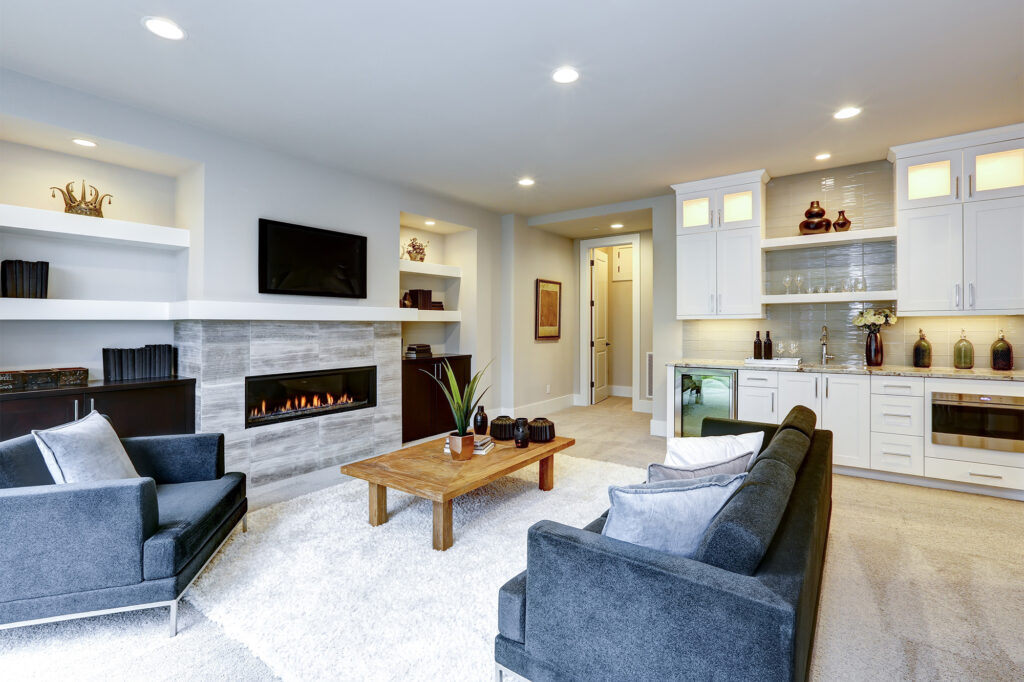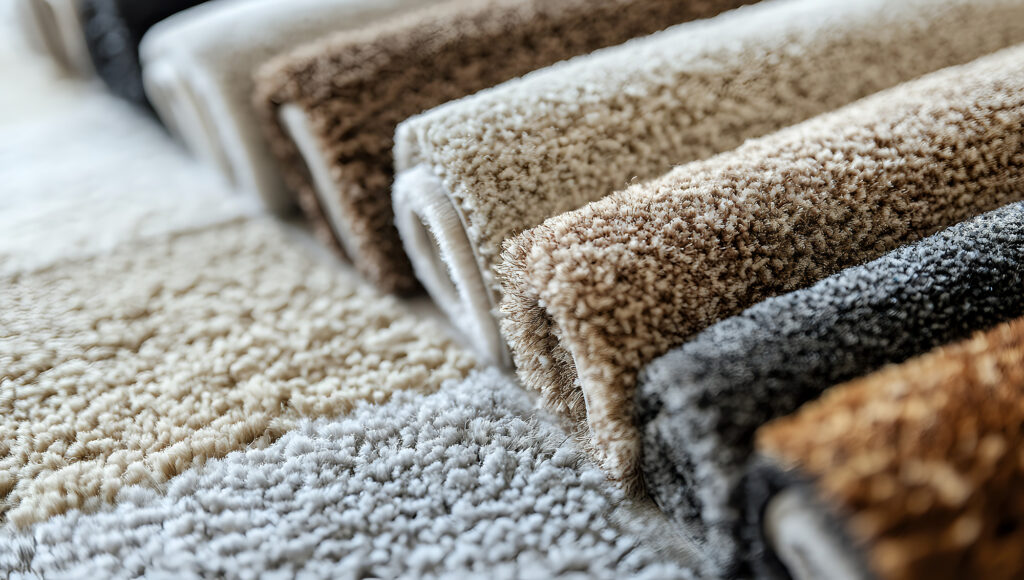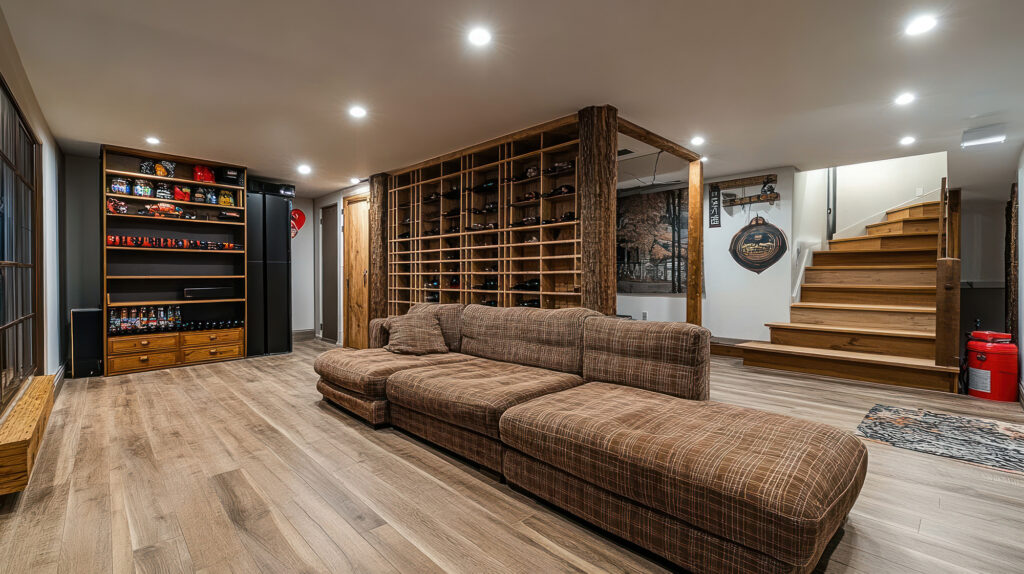Blog
Laminate’s Longevity: Maximizing the Life of Your Flooring Investment
Laminate flooring is a popular choice across Western Canada, from Vancouver to Calgary, due to its affordability, style variety, and impressive durability. However, the lifespan of this investment which can range from 15 to 30 years is not determined solely by its initial quality, but by the ongoing care and preventative maintenance it receives. Maximizing…
Read MoreLight or Dark Laminate: Choosing the Right Tone for Your Natural Light
The color of your laminate flooring whether you choose a light, airy oak or a deep, dramatic walnut plays a huge role in how the space feels and how natural light is utilized in your Western Canada home. The amount of natural light a room receives directly affects the perception of flooring color. We explain…
Read MoreBeyond Beige: Using Bold Carpet Colors as a Design Feature
While neutral tones are always popular, confidently incorporating a bold carpet color is a powerful design choice that can instantly transform a room from ordinary to striking. Utilizing saturated and textured carpets like deep charcoals, rich blues, or earthy greens allows the floor to function as a visual feature rather than just a backdrop. We…
Read MoreCarpet Installation Secrets: Ensuring a Flawless, Long-Lasting Finish
A high-quality carpet starts with a high-quality product, but its longevity and appearance are entirely dependent on a professional installation. The secrets to ensuring a flawless, long-lasting finish lie in several technical steps that distinguish expert work from amateur attempts. This includes proper seam placement, using a power stretcher to prevent bubbling and wrinkling, and…
Read MoreMatching Carpet Styles to Your Western Canada Home
In the diverse architectural landscape of Western Canada, from the sleek, minimalist high-rises of Vancouver and Burnaby to the cozy, timber-framed cabins of Kelowna and Red Deer, your carpet choice must complement the home’s unique style and regional aesthetic. Selecting the perfect carpet is about more than just color; it’s about matching the style and…
Read MoreDesigning with Color: How to Choose a Carpet That Elevates Your Room
Carpet is far more than a practical floor covering; it is the single largest surface area in a room, acting as the foundation for all other design elements, and the color you choose has a profound and immediate impact on the entire space. The color of your carpet dictates the room’s perceived size, sets the…
Read MoreThe Finishing Touch: How Carpet Unifies Your Room’s Design
When designing a room, many homeowners focus intensely on key elements like furniture, wall color, and decorative art, often treating the flooring as a mere background necessity. However, this perspective overlooks the profound role carpet plays in unifying an entire space. Carpet is not just a soft covering underfoot; it is the foundational element that,…
Read MoreA Study in Fibers: Choosing the Right Carpet for Your Lifestyle
For many homeowners across British Columbia and Alberta, carpet remains the quintessential choice for warmth, comfort, and noise reduction. It transforms a house into a home, offering a soft landing underfoot and a plush surface that invites relaxation. However, the process of selecting a carpet often starts and ends with color and texture, overlooking the…
Read MoreThe Hardwood Alternative: Laminate’s Unmatched Versatility
The timeless elegance of hardwood flooring has long been the gold standard for adding warmth, beauty, and value to a home. However, the dream of a consistent, flowing, wood-look floor throughout the entire house often collides with the reality of installation restrictions. Traditional hardwood is beautiful but notoriously unforgiving when faced with moisture, high humidity,…
Read MoreThe Basement Revolution: Laminate’s Solution for Your Lowest Level
For decades, the basement has been the most misunderstood and underutilized space in the home. Often relegated to laundry, storage, or a dimly lit utility area, this lowest level was rarely considered a prime candidate for beautiful, comfortable flooring. The culprit? Moisture. Traditional flooring options like solid hardwood buckle under the constant threat of humidity,…
Read More











